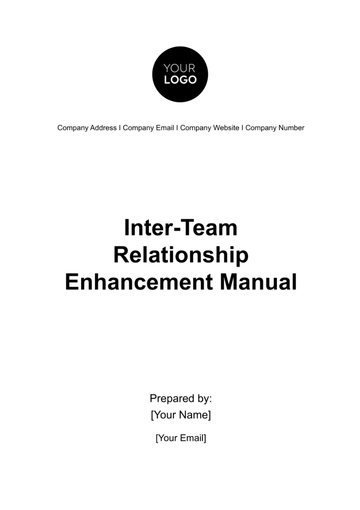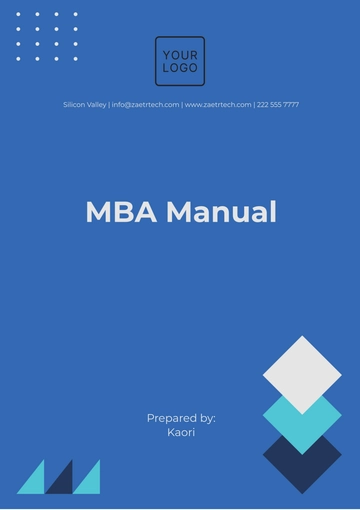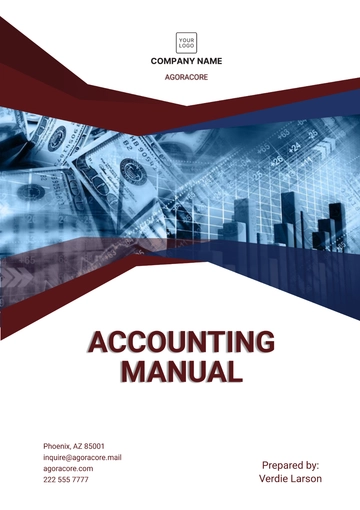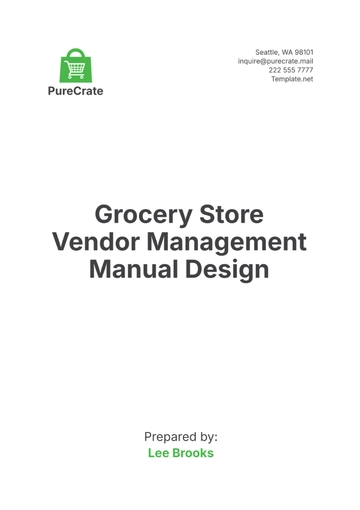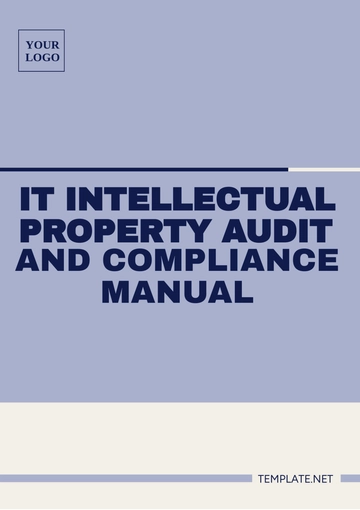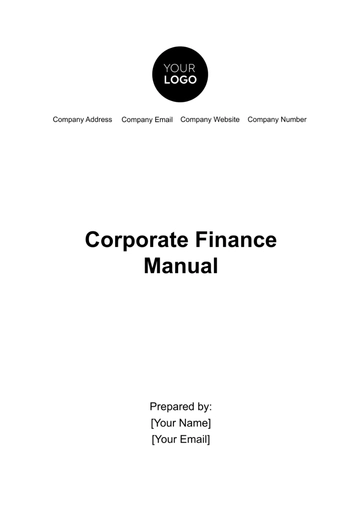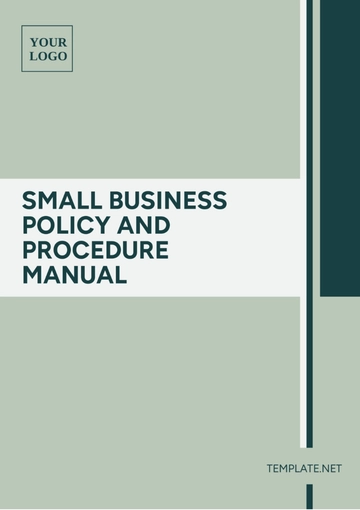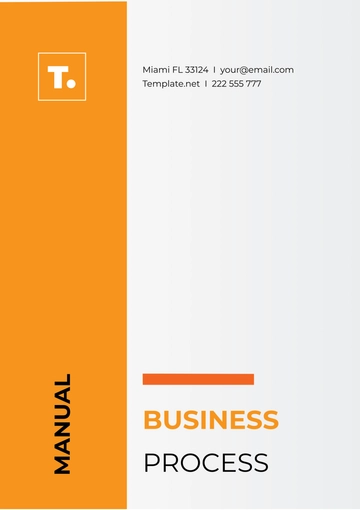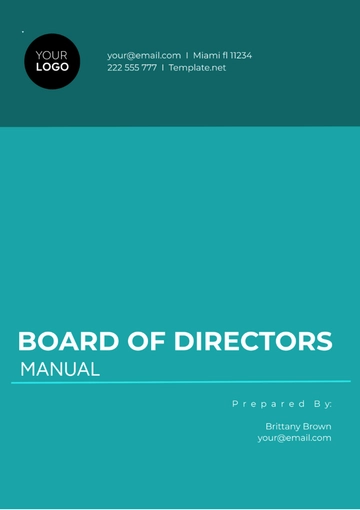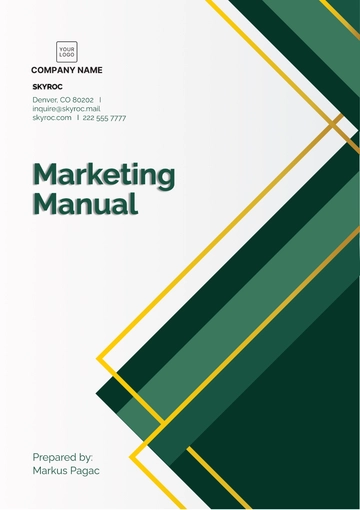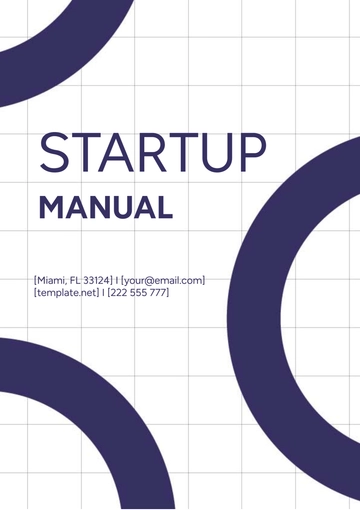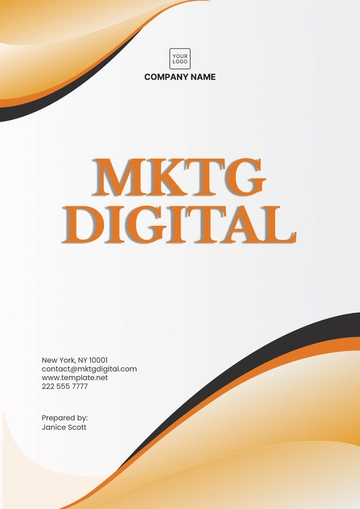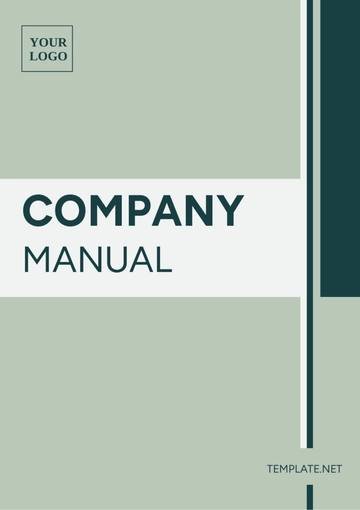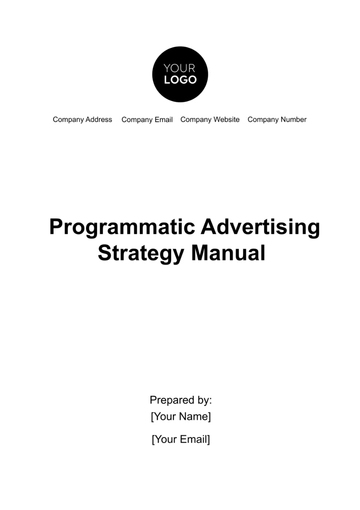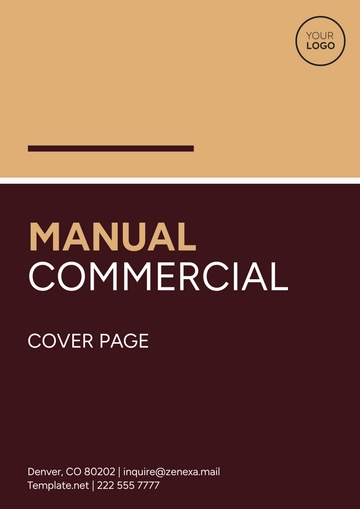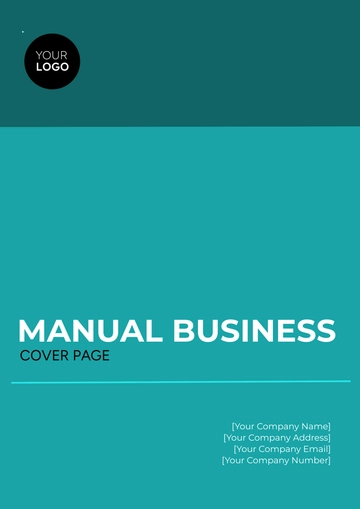Free Business Process Manual
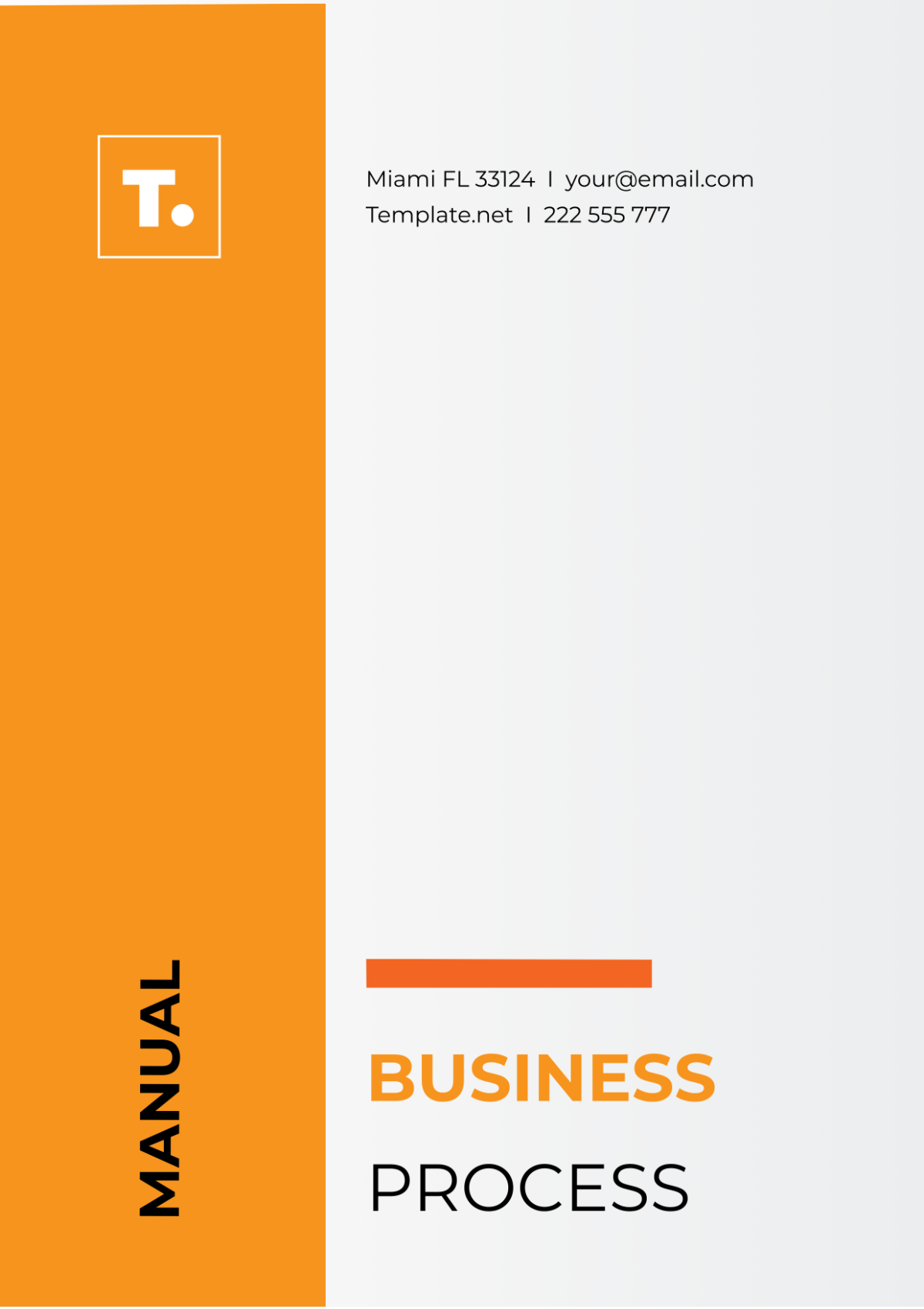
Name | [YOUR NAME] |
|---|---|
Company | [YOUR COMPANY NAME] |
Department | [YOUR DEPARTMENT] |
Date | [DATE] |
I. Introduction
Welcome to the Business Process Manual for [YOUR COMPANY NAME]! This manual serves as a comprehensive guide to understanding and executing various business processes within our organization. As we strive for efficiency and consistency in our operations, it is essential for all employees to be familiar with the procedures and workflows outlined in this manual. By adhering to the guidelines presented here, we can ensure that our processes are executed accurately and contribute to the overall success of the company.
Objectives:
[YOUR NAME]: To provide employees with clear instructions on how to perform their duties in alignment with organizational standards.
[YOUR COMPANY NAME]: To promote efficiency and consistency in the execution of business processes across all departments.
[YOUR DEPARTMENT]: To streamline operations and enhance productivity through standardized procedures and workflows.
II. Process Documentation
A. Process Overview
This section provides an overview of the business process being documented, including its purpose, scope, and key stakeholders. It outlines the objectives of the process and its importance within the broader context of the organization's goals and objectives.
B. Process Steps
Detailed step-by-step instructions are provided in this section, outlining each stage of the process from start to finish. Each step is accompanied by clear explanations, criteria for completion, and any relevant guidelines or best practices to follow. Where applicable, include examples or case studies to illustrate the process in action.
III. Roles and Responsibilities
A. Process Owner
The process owner is responsible for overseeing the execution of the business process and ensuring that it aligns with organizational goals and objectives. They are accountable for its effectiveness and efficiency and may delegate specific tasks to other team members as needed.
B. Stakeholders
Identify the stakeholders involved in the business process, including internal departments, external partners, and individuals who may be affected by or contribute to its execution. Clarify their roles and responsibilities in relation to the process and establish channels for communication and collaboration.
IV. Key Performance Indicators (KPIs)
A. Metrics
Define the key performance indicators (KPIs) that will be used to measure the success and effectiveness of the business process. These metrics should be specific, measurable, achievable, relevant, and time-bound (SMART) and provide insight into areas for improvement and optimization.
B. Measurement and Analysis
Outline how KPIs will be tracked, monitored, and analyzed over time to assess performance and identify trends or patterns. Establish regular reporting mechanisms to communicate KPI results to relevant stakeholders and facilitate data-driven decision-making.
V. Process Execution and Workflow
A. Pre-Execution Preparation
Before initiating the business process, ensure that all necessary resources, information, and approvals are obtained. This may include gathering required documents, confirming availability of personnel or equipment, and obtaining any necessary authorizations or permissions.
B. Execution Steps
Follow the prescribed steps outlined in the manual to execute the business process accurately and efficiently. Pay close attention to details and adhere to established guidelines and procedures at each stage of the process. Communicate effectively with team members and stakeholders to coordinate activities and resolve any issues or concerns that may arise.
VI. Process Monitoring and Control
A. Monitoring
Regularly monitor the progress and performance of the business process to identify any deviations from expected outcomes or standards. Use performance metrics and key performance indicators (KPIs) to track performance and assess efficiency and effectiveness.
B. Control Measures
Implement control measures to address any identified deviations or discrepancies and prevent them from recurring in the future. This may involve adjusting procedures, reallocating resources, or implementing corrective actions to resolve issues and improve process outcomes.
VII. Process Improvement
A. Continuous Evaluation
Continuously evaluate the effectiveness and efficiency of the business process to identify areas for improvement and optimization. Solicit feedback from stakeholders, review performance data, and benchmark against industry best practices to inform process enhancement efforts.
B. Iterative Enhancement
Iteratively enhance the business process based on feedback and insights gathered from monitoring and evaluation activities. Implement changes and improvements in a systematic manner, ensuring that they are communicated effectively to relevant stakeholders and properly documented in the manual.
VIII. Conclusion
Congratulations on completing the Business Process Manual for [YOUR COMPANY NAME]! This manual serves as a valuable resource for all employees involved in executing and managing business processes within the organization. By following the guidelines and procedures outlined in this manual, you contribute to the efficiency, effectiveness, and success of our operations.
- 100% Customizable, free editor
- Access 1 Million+ Templates, photo’s & graphics
- Download or share as a template
- Click and replace photos, graphics, text, backgrounds
- Resize, crop, AI write & more
- Access advanced editor
Discover efficiency and clarity with our Business Process Manual Template from Template.net. This meticulously crafted resource is fully editable and customizable, ensuring seamless adaptation to your organization's needs. With compatibility in our Ai Editor Tool, streamline your processes effortlessly. Revolutionize your operations with this indispensable tool.
